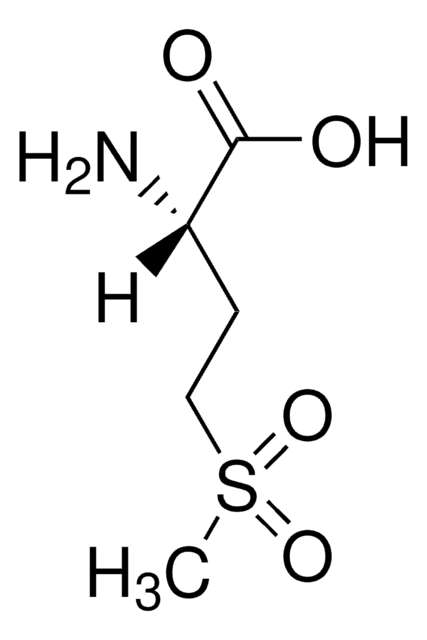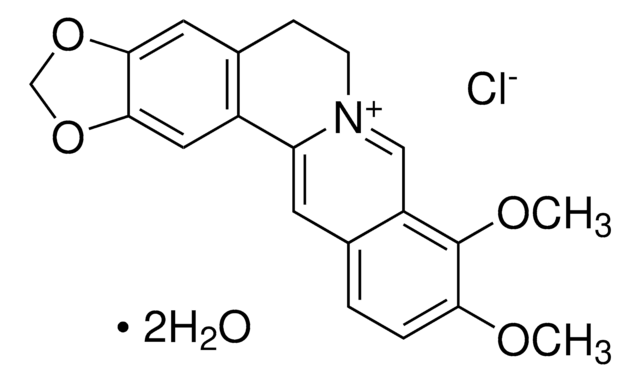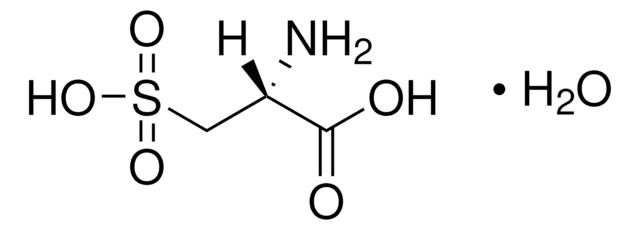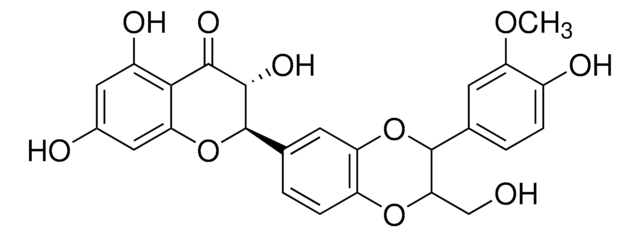PHL80429
Dihydroberberine
phyproof® Reference Substance
Sinônimo(s):
5,8-Dihydro-9,10-dimethoxy-6H-benzo[g]-1,3-benzodioxolo[5,6-a]quinolizine, Dihydroumbellatine
About This Item
Produtos recomendados
grau
primary reference standard
linha de produto
phyproof® Reference Substance
Ensaio
≥90.0% (HPLC)
fabricante/nome comercial
PhytoLab
formato
neat
InChI
1S/C20H19NO4/c1-22-17-4-3-12-7-16-14-9-19-18(24-11-25-19)8-13(14)5-6-21(16)10-15(12)20(17)23-2/h3-4,7-9H,5-6,10-11H2,1-2H3
chave InChI
FZAGOOYMTPGPGF-UHFFFAOYSA-N
Categorias relacionadas
Descrição geral
Aplicação
- (+)-Abscisic acid in plant stress hormone research: Investigated the cloning of CAT genes in Satsuma mandarin and their expression characteristics in response to environmental stress and arbuscular mycorrhizal fungi. This research highlights the crucial role of (+)-abscisic acid in mediating plant responses to abiotic stresses, demonstrating its utility as a high-purity biochemical assay reagent for studying stress response signaling in plants (Liu et al., 2024).
- (+)-Abscisic acid in biochemical assays: The physiological and biochemical response of Styrax tonkinensis seedlings to waterlogging stress was analyzed. This research underscores the importance of (+)-abscisic acid in biochemical assays aimed at understanding how plants cope with water stress, reinforcing its role in signal transduction studies related to plant survival mechanisms under adverse conditions (Chen et al., 2024).
- Synthetic (+)-abscisic acid in plant biology: Examined RNA splicing and its effects on the postharvest physiological deterioration of cassava storage roots. The study discusses the involvement of (+)-abscisic acid in plant biology, particularly in how it influences postharvest changes through its role in signaling pathways that control physiological processes in plants (Gu et al., 2024).
Informações legais
Palavra indicadora
Danger
Frases de perigo
Declarações de precaução
Classificações de perigo
Acute Tox. 2 Oral
Código de classe de armazenamento
6.1A - Combustible acute toxic Cat. 1 and 2 / very toxic hazardous materials
Classe de risco de água (WGK)
WGK 3
Ponto de fulgor (°F)
Not applicable
Ponto de fulgor (°C)
Not applicable
Escolha uma das versões mais recentes:
Já possui este produto?
Encontre a documentação dos produtos que você adquiriu recentemente na biblioteca de documentos.
Nossa equipe de cientistas tem experiência em todas as áreas de pesquisa, incluindo Life Sciences, ciência de materiais, síntese química, cromatografia, química analítica e muitas outras.
Entre em contato com a assistência técnica







